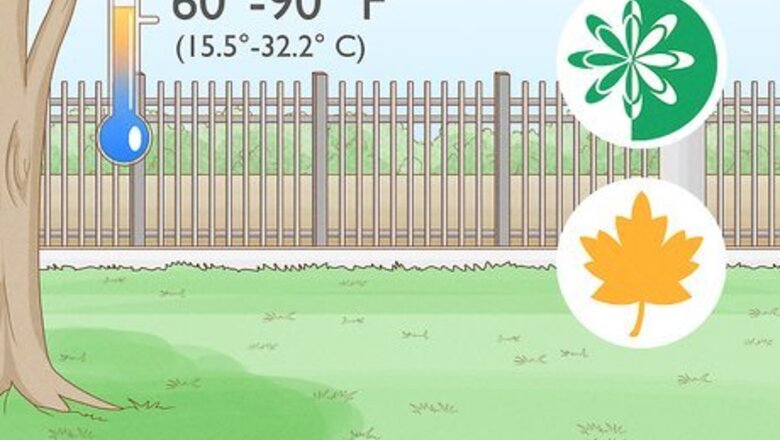
views
- Apply weed and feed on a day with no rain in the forecast in the spring and/or fall.
- Dampen your lawn with a mister before applying, then distribute weed and feed in linear passes with a spreader opened to about ¼ inch (0.64 cm).
- Sweep or rake any excess product from sidewalks or driveways to prevent weed and feed from going down a storm drain.
Preparation & When to Apply
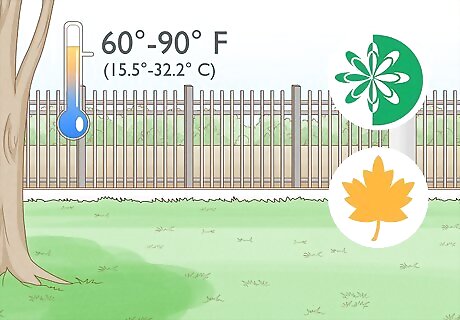
Apply weed and feed in the spring and fall. Weed and feed is best applied when the daytime temperatures are between 60° and 90° F (15.5° and 32.2° C). In most areas, this means applying weed and feed once during the spring and once during the fall. Use weed and feed no more than twice a year. Weed and feed is a powerful combination of nitrogen, phosphorous, and/or potassium that can be beneficial when applied properly but may severely damage your lawn if applied in excess.
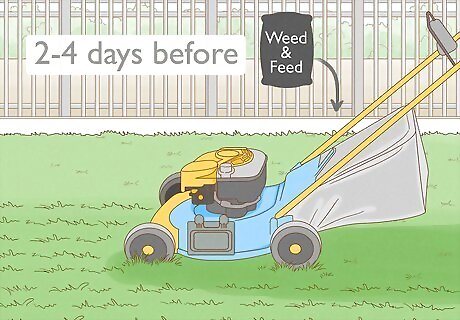
Mow your grass 1-2 days before applying so it's 3-5 in (7.6-12.7 cm) tall. Mow your lawn to a medium height 1-2 days before using weed and feed to ensure the product distributes evenly throughout your lawn. Perfect, green grass, here you come!
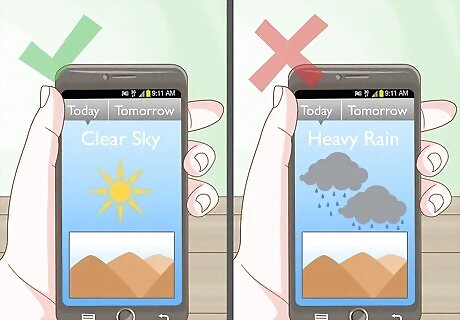
Plan your application for a dry, sunny week with no rain in the forecast. Rain will wash away weed and feed before it has a chance to start working on your lawn. To ensure all your hard work doesn't go to waste, check the forecast to ensure it won't rain the day you apply your weed and feed or the day after. Avoid thoroughly watering your lawn the day of or the day after applying weed and feed.
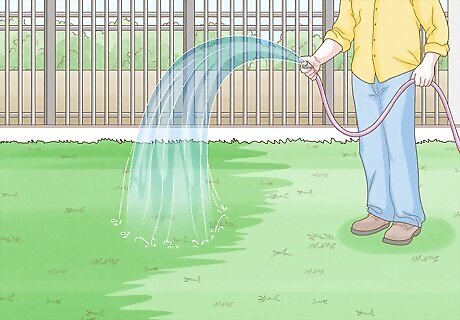
Lightly dampen your lawn with a mister before applying weed and feed. A slightly damp lawn helps the weed and feed adhere to the blades of grass better, resulting in an even application. Water your lawn so it’s wet to the touch but doesn’t have any puddles or pooling water.
Applying the Weed and Feed

Check the weed and feed label for the best spreader setting and adjust. The exact setting depends on your product's brand and the spreader's make. Consult the packaging directions on your weed product to determine the correct settings for your spreader and ensure that you apply the perfect amount of weed and feed to your lawn. Spreader settings are typically based on a rate of 3.3 pounds (0.4 kg) to 1,000 square feet (93 sq m). Generally, most weed and feed products call for both drop-type spreaders and rotary spreaders to be opened at ¼ inch (0.64 cm). Do not hand-apply weed and feed. Weed and feed is a dangerous combination of chemicals and must not come in contact with your skin.
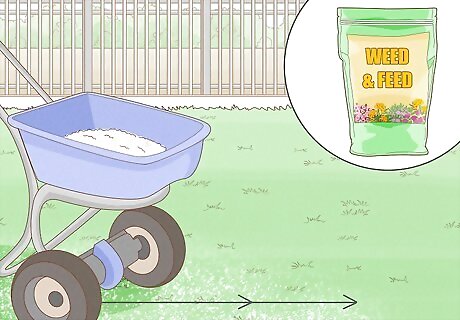
Fill the spreader with weed and feed and spread it along your lawn. Load the weed and feed into your spreader and ensure it’s set according to your product's instructions. Then, start at one end of your lawn and slowly work your way back and forth in linear passes across your lawn to ensure you get the best coverage possible and don't run the risk of missing a spot. Avoid applying weed and feed on a windy day, as the wind may disturb your application.
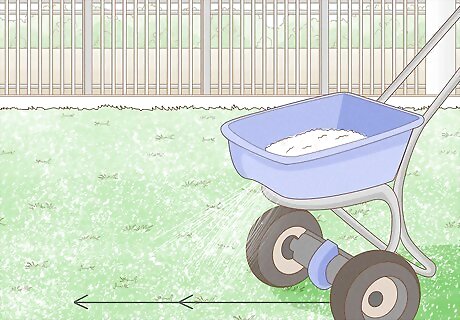
Overlap your passes to improve your coverage. To ensure that every inch of your lawn receives an even amount of weed and feed, slightly overlap your passes as you make your way across your grass. Walking on the edge of your last pass helps prevent any untreated spots, so you can rest easy knowing no weed stands a chance. You’ll be able to see the product on the lawn to help guide you. Avoid spreading weed and feed on any vegetables, flowers, or shrubbery.
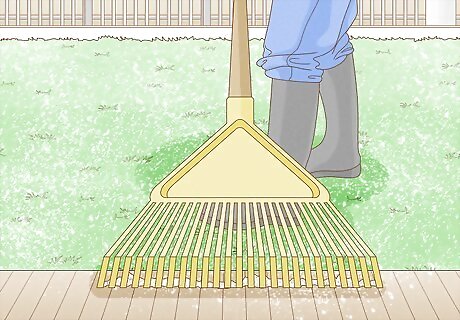
Sweep or rake any excess product off of sidewalks and driveways. Use a broom or a rake to push excess product from any sidewalks, driveways, or roads back into your yard. This keeps unused product from washing away in storm drains and helps to prevent environmental damage. Do not hose off excess weed and feed, as this will spread it down the drain.
Caring for Lawns After Application
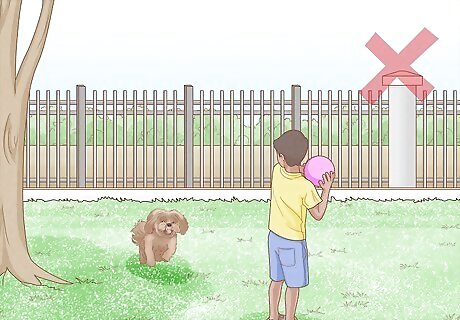
Keep kids and pets off the lawn until the weed and feed is washed away. Residual weed and feed on your lawn could be harmful to children and pets. Keep them away from the treated parts of the lawn until any residual product has had the chance to wash away in the first drenching rain. Alternatively, water your lawn for a few days in a row to ensure it’s free of residual weed and feed and safe for pets and kids to play on.
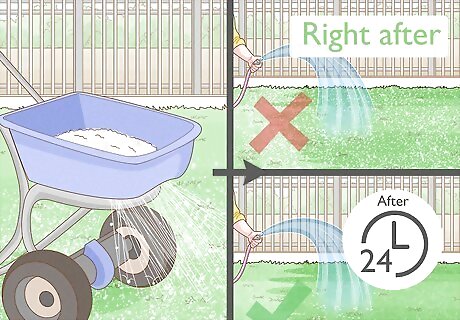
Wait at least 24 hours to mow or water your lawn. Watering or mowing your lawn too quickly after applying weed and feed could wash or clip away the product before it has a chance to work. Some variations of weed and feed recommend waiting up to 2-4 days before watering or mowing, so be sure to check your specific product’s instructions to get the most accurate recommendation.
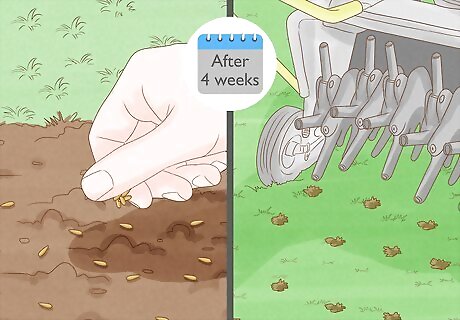
Wait 4 weeks to reseed and aerate your lawn. Weed and feed can prevent seeds from germinating, so it’s important to ensure the product has fully absorbed before planting new seeds or aerating your lawn. While it may be frustrating to wait, doing so ensures that your efforts don’t go to waste.



















Comments
0 comment